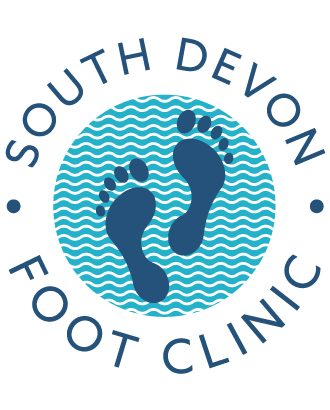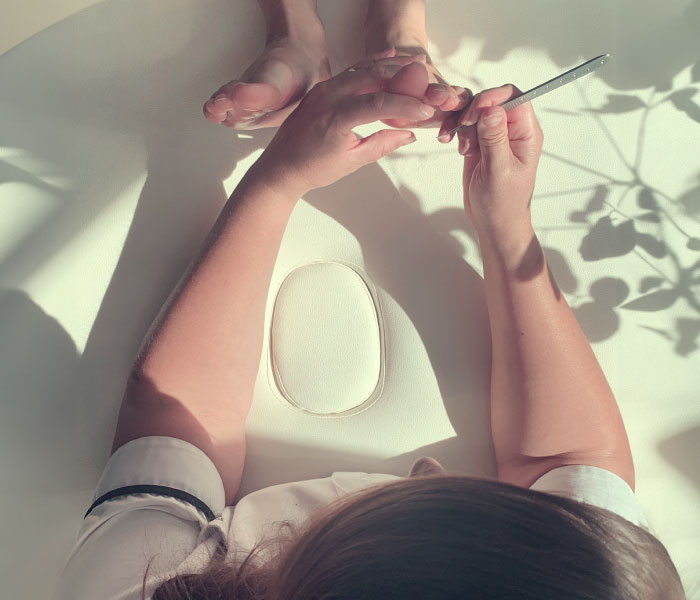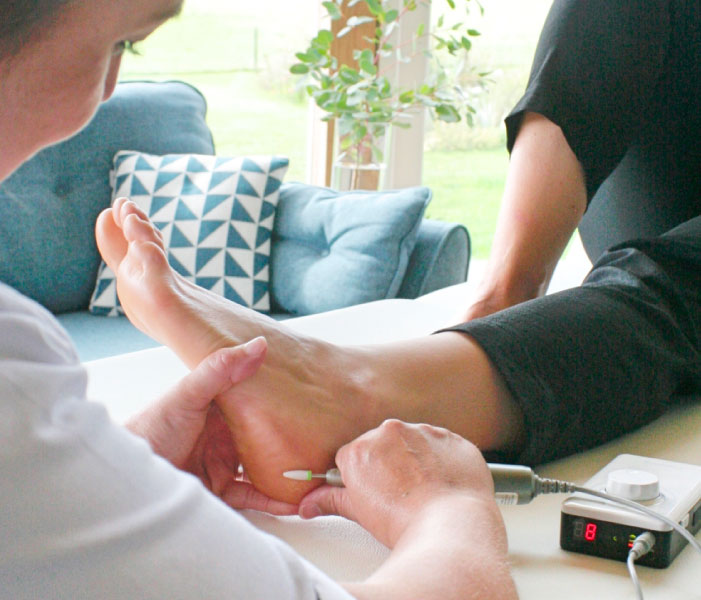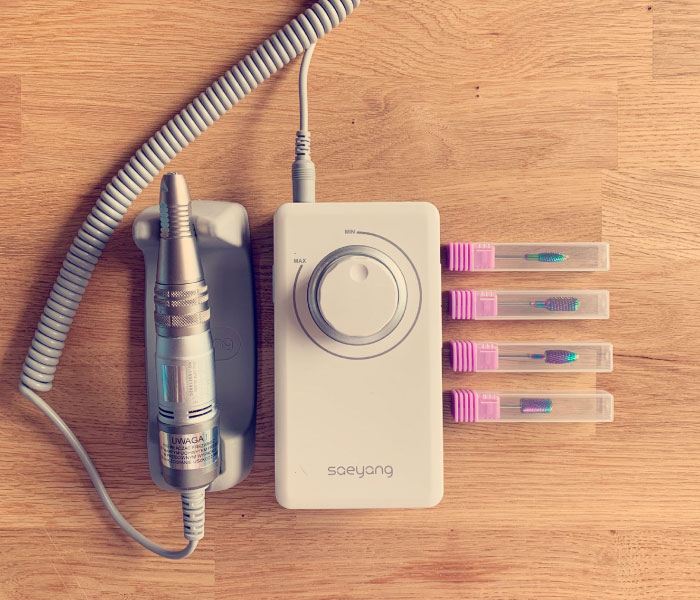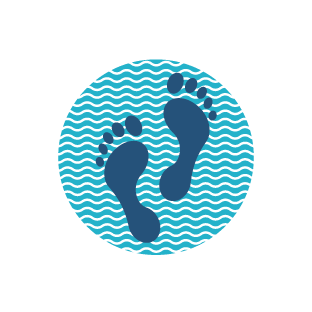How do I get rid of hard callus skin on my feet?
If you suffer from corns then you are not alone! It is thought that anything between 25% & 60% of the population have suffered with corns at some point in their lifetime. Development of hard skin can occur due to poorly fitting footwear, abnormal gait patterns or high levels of activity.
Hard skin on our feet can be unsightly, uncomfortable and often painful, but suffer no longer and enlist the professional help of South Devon Foot Clinic.
